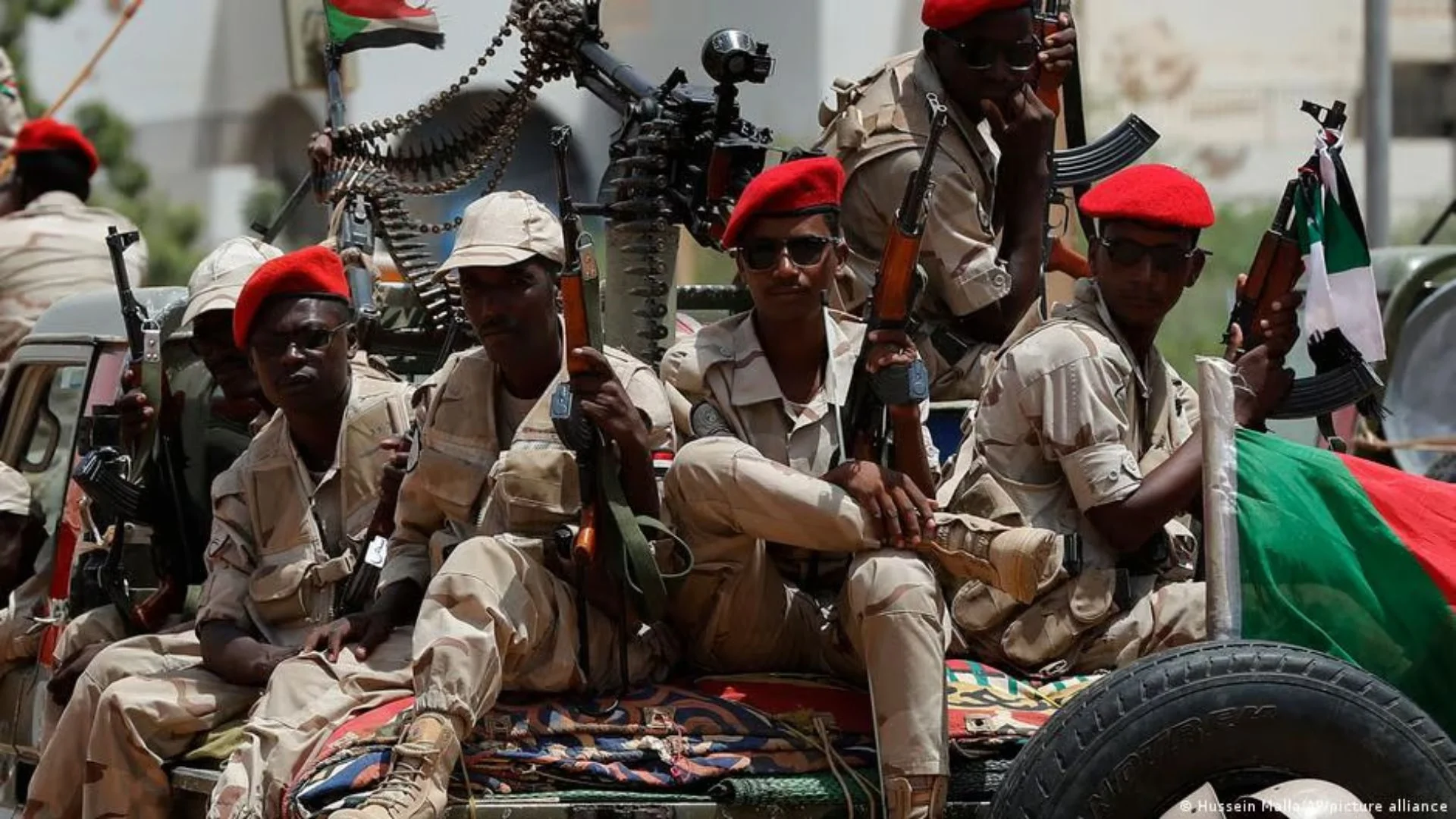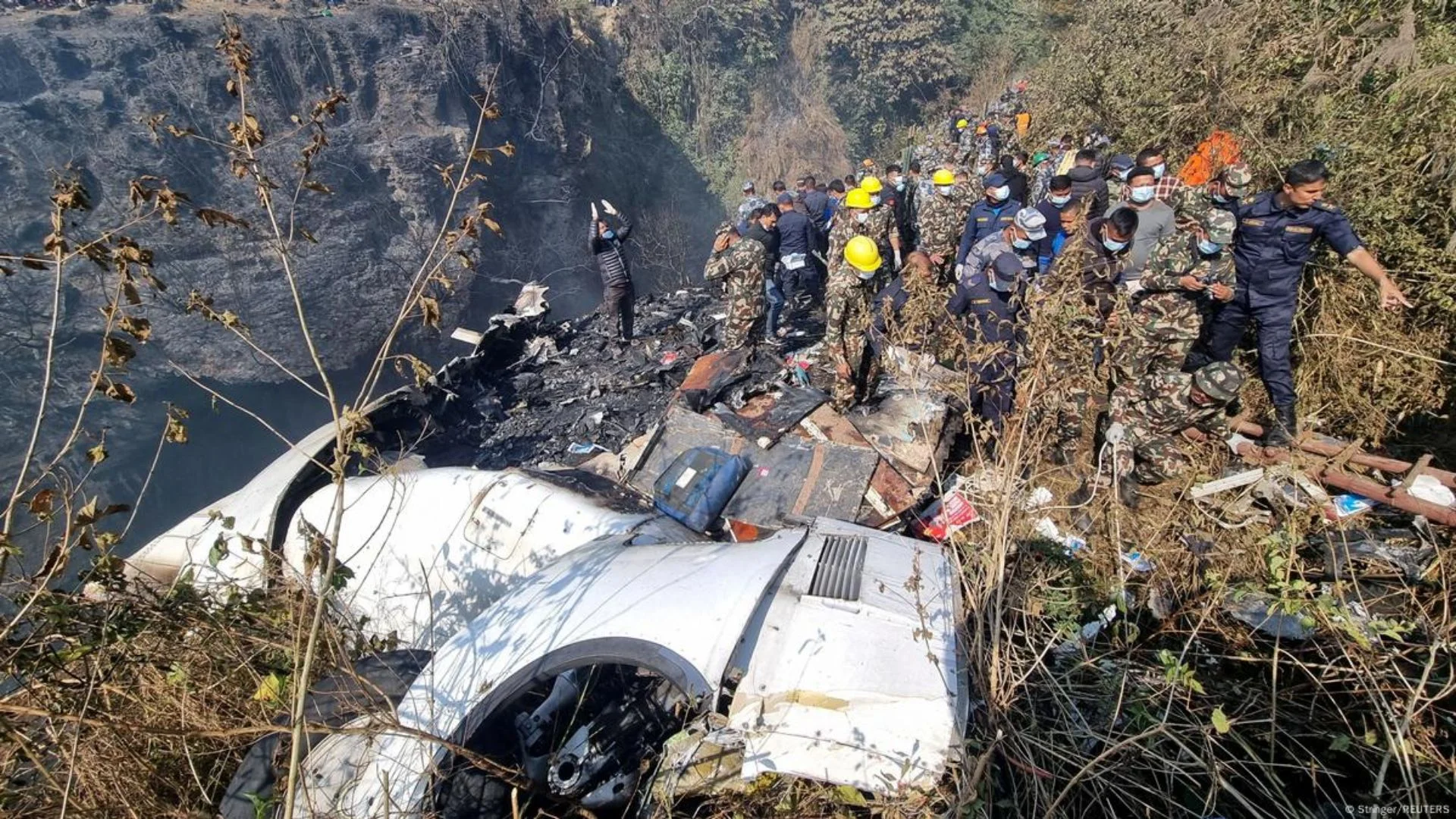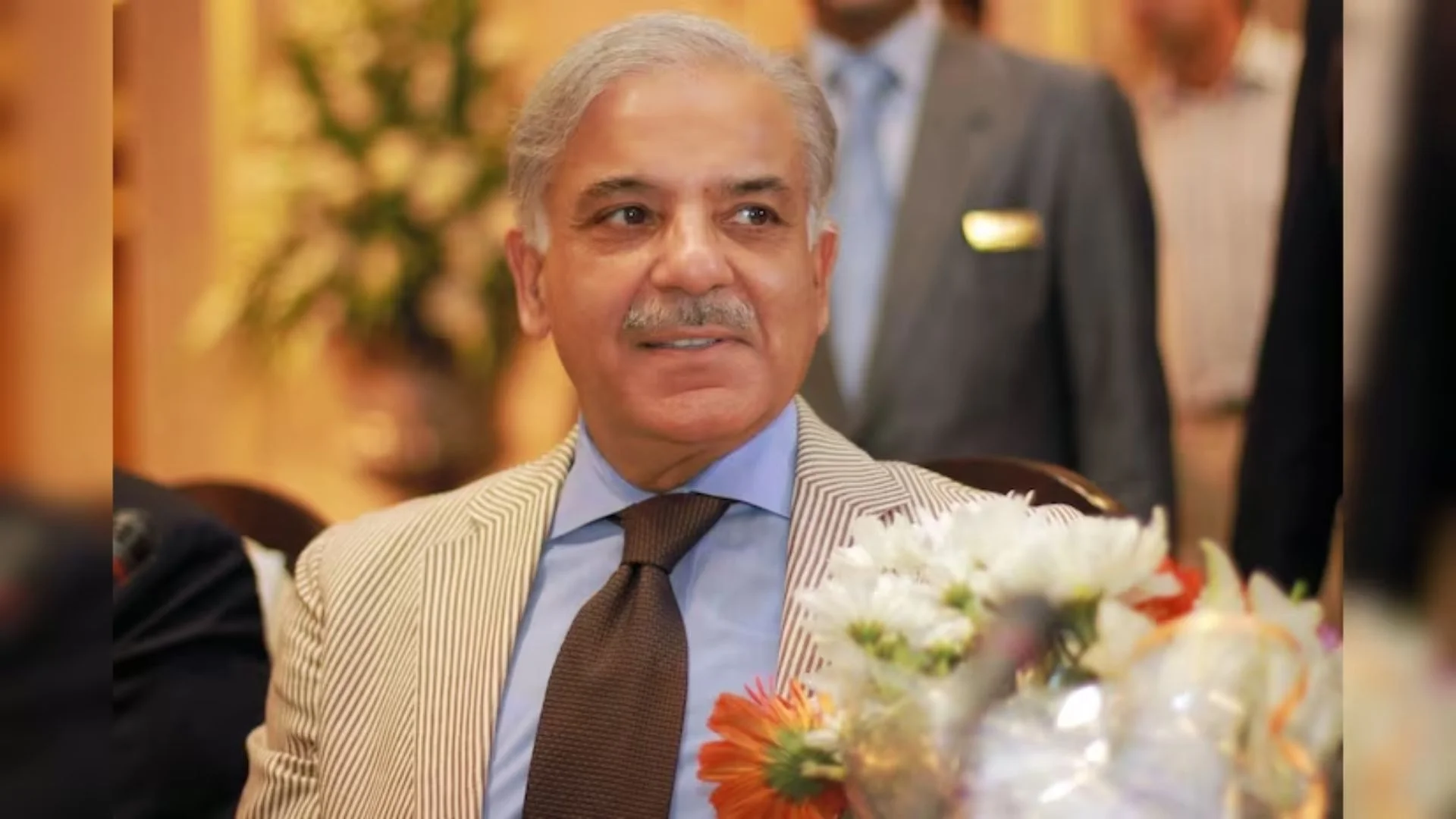Indians, known for their resilience in scorching temperatures exceeding 40 degrees Celsius during peak summer months, found amusement in a recent weather alert from the United Kingdom. According to a report in The Mirror, the UK issued a 26°C heatwave alert by the end of June, triggering a wave of witty responses on social media.
The tweet from a UK-based outlet on X (formerly Twitter) announcing the impending “48-hour 26C heatwave” quickly went viral, sparking a flurry of humorous reactions from Indian users. One user quipped, “That is just two degrees above the default Air Condition setting in India. A pleasant weather it seems.” Another humorously remarked, “Mumbaikars call it winter.”
My AC is currently set at UK heatwave level pic.twitter.com/zOd70tRcch
— Gabbar (@GabbbarSingh) June 16, 2024
Mocking comparisons continued, with one user humorously contrasting, “Delhites surviving double this in summer and considering 26°C a winter temperature, weak people.” Another playful comment pondered, “How did these people manage to come to India and rule us in our weather?”
My AC today pic.twitter.com/lZunO4cUEp
— Shashwat Srivastava (@shashwat19jan) June 17, 2024
India itself has grappled with severe heatwaves in recent months. Reports from the Press Trust of India highlighted the toll of intense heat on states like Uttar Pradesh, Bihar, and Odisha, where fatalities were attributed to the extreme temperatures. IMD data revealed that 14 of India’s 36 sub-divisions experienced more than 15 heatwave days between March and June, defined by temperatures exceeding 40 degrees Celsius by at least 4.5 degrees above normal.
The heatwave in May set records across various regions, including the hills of Assam, Uttarakhand, Himachal Pradesh, and Arunachal Pradesh, which saw unprecedented high temperatures. Rajasthan registered temperatures exceeding 50 degrees Celsius, while Delhi and Haryana approached this sweltering mark.
The contrasting reactions to the UK’s 26°C heatwave alert highlight the stark differences in climate perceptions and experiences between India and other parts of the world, showcasing how varying weather conditions can elicit unique cultural responses.







